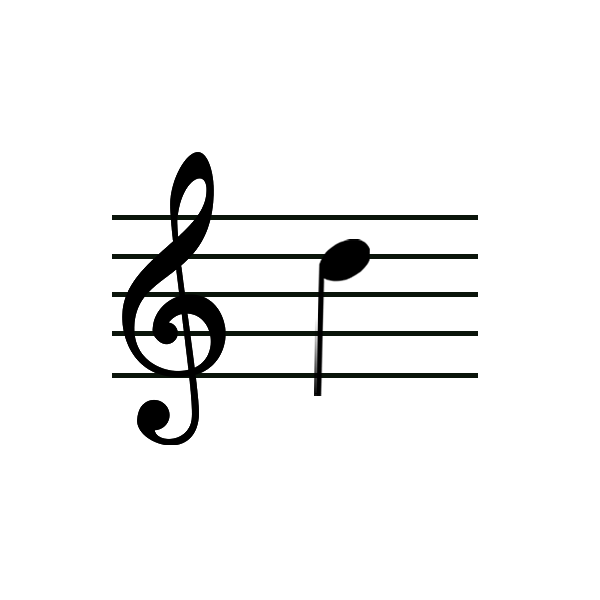LOADER
Cookies managing
Cookie Settings
Cookies necessary for the correct operation of the site are always enabled.
Other cookies are configurable.
Other cookies are configurable.
Cards
Study music and test yourself
Terms
Notes
Symbols
SCROLL
HOVER ANIM
MENU HOVER ANIM
MENU SCRIPTS
a cappella
01
Singing without
any form of instrumental accompaniment
any form of instrumental accompaniment
articulation
The formation of clear and distinct sounds in speech
02
attack
When a singer first hits a note
03
belting
This is a loud, driving sound that is produced by pushing the natural chest register beyond its normal limits
04
blend
Smooth transition between the head and chest voice
05
break
Jarring “popping” sound caused by sudden change in tone between the head and chest voice, caused by vocal tension
06
breath support
Efficient use of the singer’s stream of breath, controlled primarily by the diaphragm
07
сatch breath
A quick, short, unobtrusive breath
08
chest voice
Deep warm tones, lower notes of the singer's range in the same general range as the speaking voice
09
chest resonance
The resonance sounds it comes from the chest area
10
head resonance
Resonance sounds that come from the area of your head structures (sinuses, nasal cavities, and mouth)
11
warm-up
Anything that helps the singer prepare for a rehearsal or performance (warming up your body and voice, vocal exercises)
12
head voice
The higher part of the vocal register, usually associated with lighter, brighter and higher notes
01
mix voice
A mix between head and chest voice, also known as middle voice
02
overbreathing
Taking a huge breath in and then constricting the lungs, making it difficult to sustain a note
03
pitch
The frequency of sound, depends on the speed of vibration of the sound source
04
pure note
A clear, sustained note with a controlled breath and without vibrato
05
scat
Technique where singers use wordless sounds and improvised notes, often imitating jazz instruments
06
scoop
Beginning a note beneath it’s pitch, then sliding up to the correct pitch
07
soprano
Female singing voice that has the highest vocal range of all voice types
08
tessitura
Means texture and defines the average pitch level that most frequently occurs within a given piece
09
twang
A nasally vocal technique used to achieve a powerful, crisp breathless head voice and to help create one voice
10
vibrato
A natural wavering pulsating change of pitch to accent expression in a piece while singing a note
11
yodelling
A form of singing that involves repeated and rapid changes of pitch and alternation between the chest voice and falsetto
12
01

698,4 Hz
fa / F5
02

329,6 Hz
mi / E4
03

241,6 Hz
do / C4
04

784 Hz
sol / G5
05

587,4 Hz
re / D5
06

587,4 Hz
la / A4
07

392 Hz
sol / G4
08

494 Hz
si / B4 / H
09

349,2 Hz
fa / F4
10

880 Hz
la / A5
11

196 Hz
sol / G3
12

587,4 Hz
re / D4
13

523,2 Hz
do / C5
14

247 Hz
si / B3 / H
15

659,2 Hz
mi / E5
16

220 Hz
la / A3
01

Means lower in pitch by one semitone
Flat
02

Note played for one eighth the duration of a whole note (semibreve)
quaver
Eighth Note
03

Note played for half the duration of an eighth note
semiquaver
Sixteenth Note
04

Means higher in pitch by one semitone
Sharp
05

An accidental which cancels previous accidentals and represents the unaltered pitch of a note
Natural Sign
06

Indicates the location of the note F (174.6 Hz) on the fourth line of the staff
Bass Clef
07

Indicates the location of the note G (392 Hz) on the second line of the staff
Treble Clef
08

Set of five horizontal lines and four spaces that each represent a different musical pitch
stave
Staff
MG Education
2024








